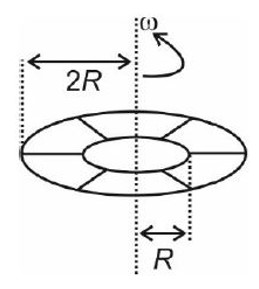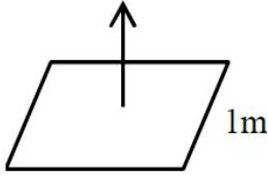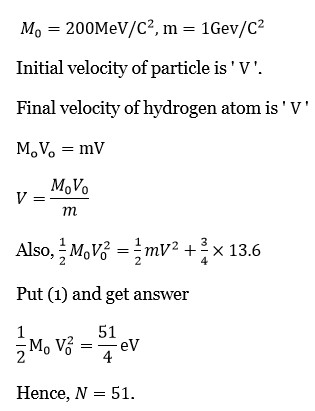Electromagnetic Induction
Get insights from 124 questions on Electromagnetic Induction, answered by students, alumni, and experts. You may also ask and answer any question you like about Electromagnetic Induction
Follow Ask QuestionQuestions
Discussions
Active Users
Followers
New answer posted
3 months agoContributor-Level 10
i = (V? /R) (1 - e? /? )
U = ½Li²
dU/dt = Li (di/dt)
(R/2L) * (V? ²/R²) (1 - e? /? )²e? /? = (V? ²/R) (1 - e? /? )
t = (L/R)ln2
New answer posted
3 months agoContributor-Level 10
eE = e (dV/dr) = mω²r
ΔV = ∫dV = ∫ (m/e)ω²rdr from R to 2R
ΔV = (3mω²R²)/ (2e)
New answer posted
3 months agoContributor-Level 10
I = (V/R) (1 - e^ (-t/τ) where τ = L/R
E = (1/2)LI² = (1/2)L (V²/R²) (1 - e^ (-t/τ)² ⇒ Energy stored in inductor
According to Question, we can write
(1/4) * (1/2) (LV²/R²) = (1/2) (LV²/R²) (1 - e^ (-t/τ)²
⇒ 1/4 = (1 - e^ (-t/τ)² ⇒ 1/2 = 1 - e^ (-t/τ) ⇒ e^ (-t/τ) = 1/2
⇒ t/τ = ln (2) ⇒ t = τln (2) = (L/R)ln (2)
New answer posted
3 months agoContributor-Level 10
i = V/r {1 - e? /? }
i? = V/r
U = ½Li²
½ L (V²/r²) {1 - e? /? } = (1/n) x (LV²/2r²)
1 - e? /? = 1/√n ; e? /? = 1 - 1/√n = (√n - 1)/√n
e? /? = √n/ (√n - 1) ; rt/L = ln (√n/ (√n - 1)
T = L/r ln (√n/ (√n - 1)
Taking an Exam? Selecting a College?
Get authentic answers from experts, students and alumni that you won't find anywhere else
Sign Up on ShikshaOn Shiksha, get access to
- 66k Colleges
- 1.2k Exams
- 680k Reviews
- 1800k Answers



